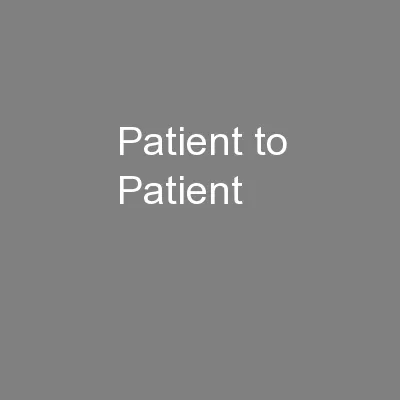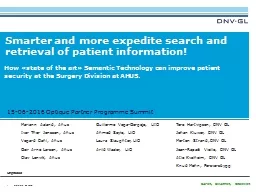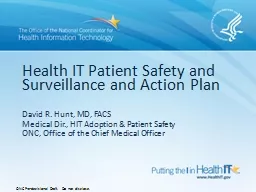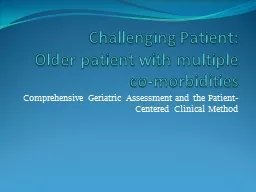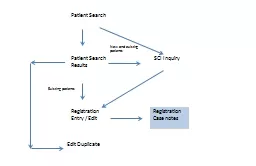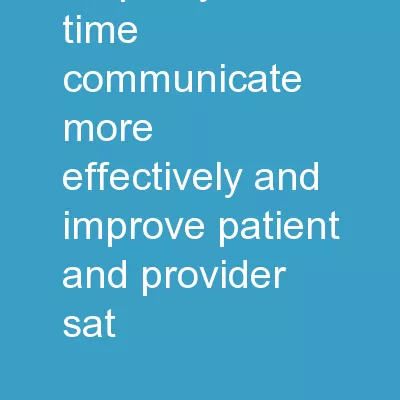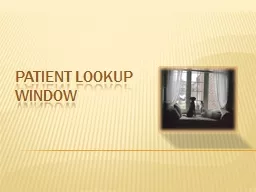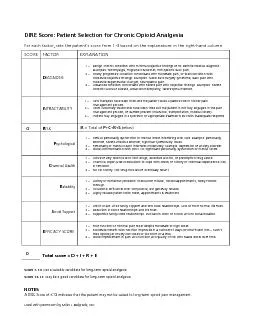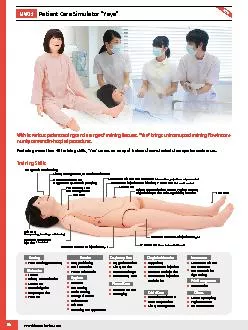PDF-Patient and
Author : jasmine | Published Date : 2022-09-23
C arer I nformation The Overactive Bladder and Bladder Re training 1 What is Overactive Bladder O veractive bladder or OAB is where a person regularly gets a sudden
Presentation Embed Code
Download Presentation
Download Presentation The PPT/PDF document "Patient and" is the property of its rightful owner. Permission is granted to download and print the materials on this website for personal, non-commercial use only, and to display it on your personal computer provided you do not modify the materials and that you retain all copyright notices contained in the materials. By downloading content from our website, you accept the terms of this agreement.
Patient and: Transcript
Download Rules Of Document
"Patient and"The content belongs to its owner. You may download and print it for personal use, without modification, and keep all copyright notices. By downloading, you agree to these terms.
Related Documents




